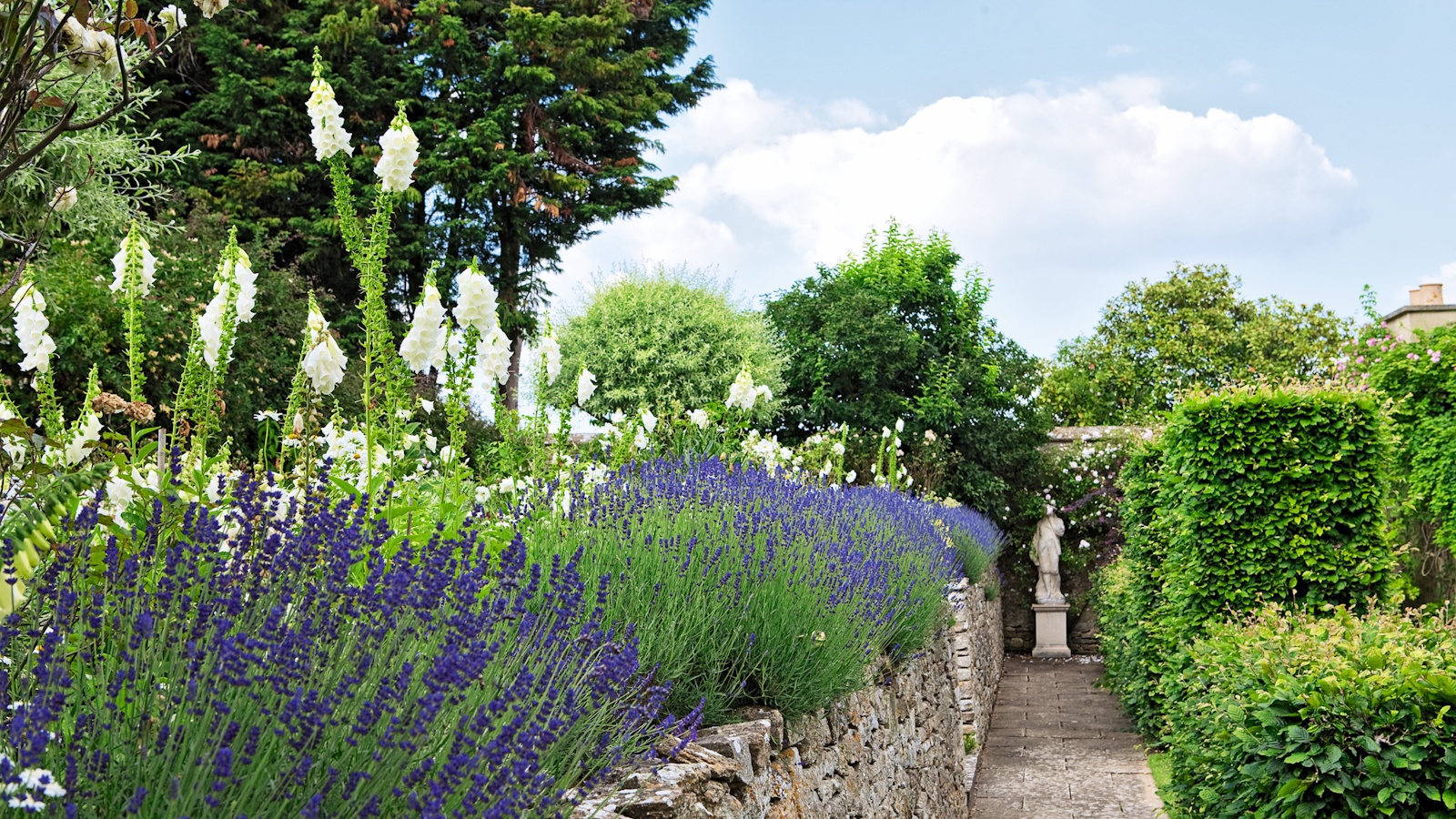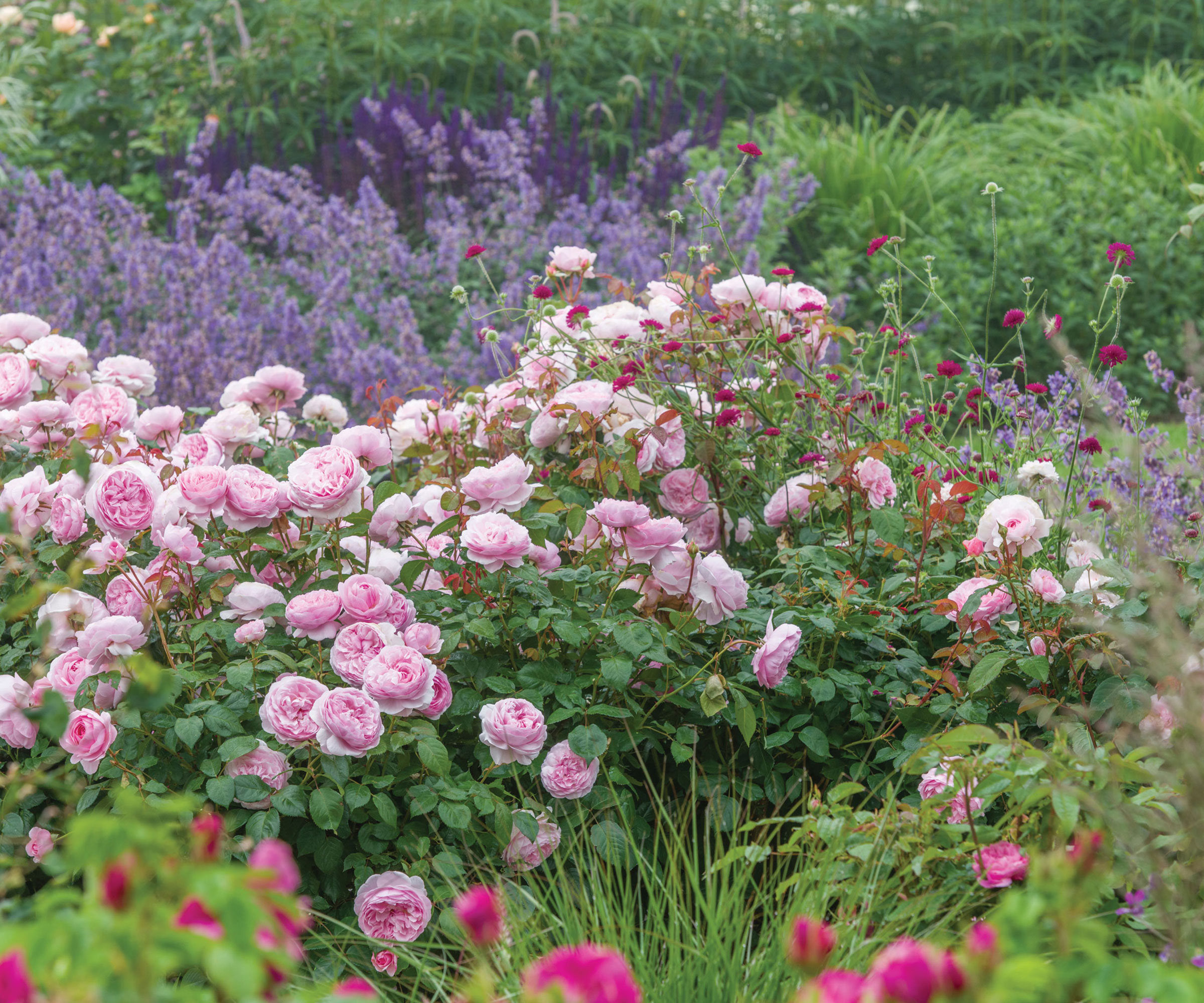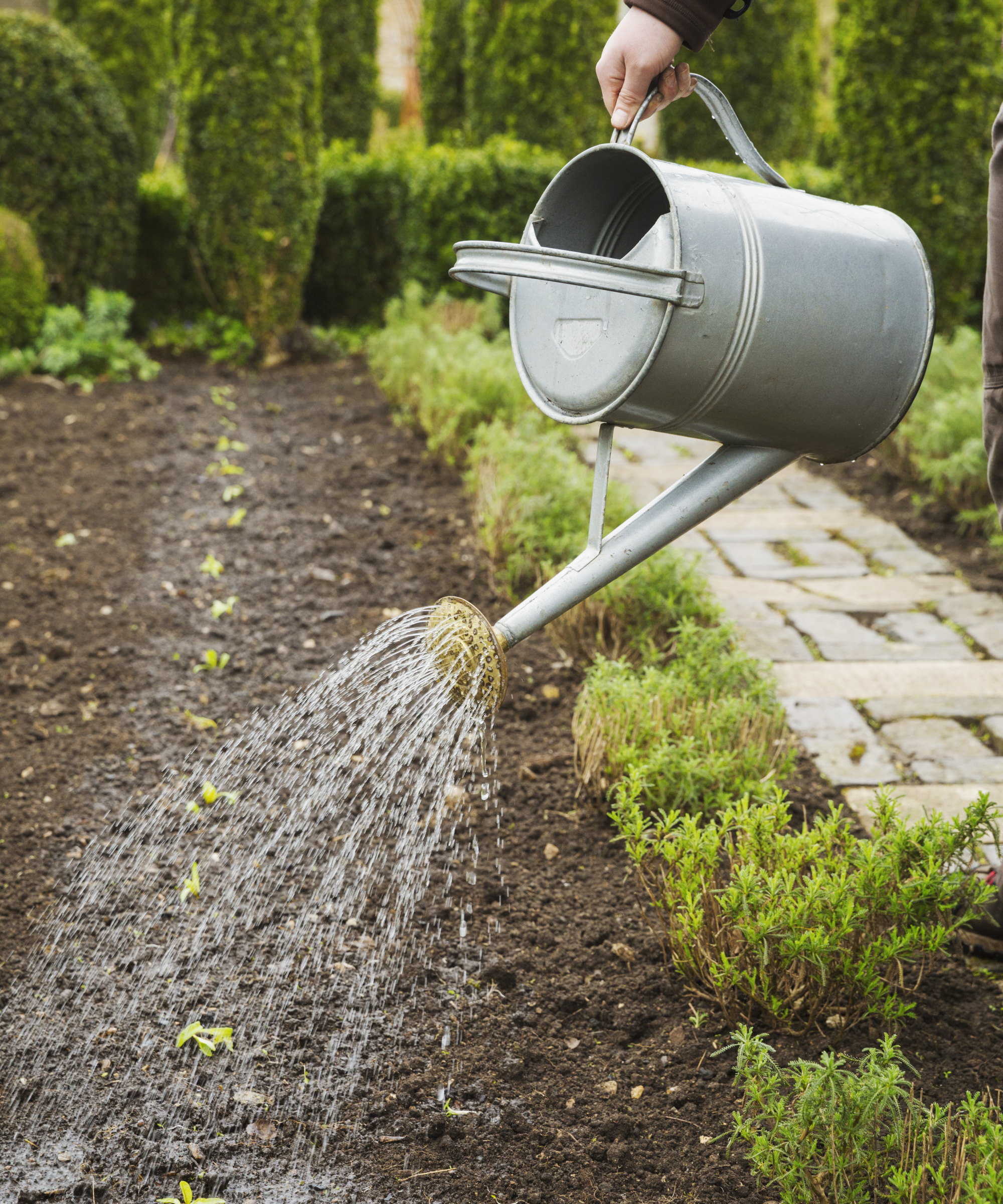
Nitrogen is one of the most essential nutrients for healthy plant growth. Most plants cannot utilise the nitrogen in the air around us, so they rely on the nitrogen available in the soil. However, not all soils are nitrogen-rich, and even if they once were, nitrogen levels deplete over time, so it's up to us gardeners to maintain nitrogen levels in the soil. If not replenished, soil fertility declines, leading to weaker plants and smaller harvests.
But why do plants need nitrogen? You may hear us regularly rhapsodize about how crucial soil health is for your yard. For your planting to be at its most exuberant and the colors at their most saturated, the plants need rich, productive soil that is rich in nitrogen, as it is a key component of chlorophyll, which plants use to photosynthesize and produce energy.
Happily, there are several methods gardeners can use to replenish this essential nutrient in their soil. Here are 5 tried and tested ways to add nitrogen to your soil, so your plants can reach their full potential.
1. Add well-rotted compost to your soil

Perhaps one of the most common and economical ways to improve garden soil and increase nitrogen levels is to use a well-rotted, homemade compost. A compost heap can be a real boon to any garden; it is not only a nitrogen-rich food product for your soil, but it also improves the overall soil structure and helps to maintain good moisture levels, too.
Robin Phelps, an experienced grower and the gardening and preserving coach for Sow Many Plants, notes that a well-rotted compost will also improve the microbial life of the soil, one of the lesser-known secrets of soil. ‘Well-rotted compost improves overall soil structure and microbial life,’ she notes. ‘These microbes help break down organic matter and cycle nutrients, improving soil structure and the long-term health of the soil and plants.’
2. Use manure for a nitrogen boost

Whilst this method of adding nitrogen to your soil may sound a little off-putting, since manure is simply animal poo mixed with the animal’s bedding, such as straw or wood shavings, if you can look (or smell) past the origins of manure, it is a well-tried method of replenishing nitrogen-deprived soils worth considering.
‘Aged animal manures, like chicken, cow, or horse manure, are high in nitrogen and excellent for boosting fertility.’ Robin explains. It's worth noting that the phrase ‘aged animal manure’ or ‘well-rotted manure’ is key, as fresh manure is not suitable, as it can burn plant roots.
As long as the manure is well rotted, crucially, it is more than six months old, it is wonderfully easy to use, just simply spread it on the surface of bare soil or dig gently into the ground, and let it work its magic.
3. Use an organic fertilizer

When we look to give our soil an injection of nutrients, we can supply this in organic or inorganic forms. Inorganic fertilisers are usually synthetic, and can be absorbed very easily and speedily, which in many ways sounds ideal.
However, this is something of a red herring. They do not require any beneficial soil bacteria to be broken down, which renders these bacteria redundant and therefore can damage the long-term health of the soil.
Instead, if you are on the hunt for a fast-acting, easy-to-use, high-nitrogen organic fertilizer, Robin recommends opting for an organic fertilizer instead, like blood meal or this organic bone meal available at Nature Hills. These organic fertilizers need to be broken down by the soil’s bacteria first before they work, and hardworking bacteria make for happy, healthy soil.
Because blood meal is so high in nitrogen, it is particularly beneficial for heavy feeding plants like dark leafy greens, which need a high amount of nitrogen. It is remarkably easy to use too, and can be applied before sowing seeds, planting, or as a top dressing throughout the growing season.
4. Use fish emulsion for the early growing stages

Fish emulsion is a liquid fertilizer that provides quick nitrogen as well as other vital nutrients. Robin notes that it is 'especially helpful during early growth stages' as it provides all the elements needed for rapid growth, including very high levels of that all-important nitrogen.
Fish emulsion, like this liquid fish fertilizer available at Amazon, can be applied as a foliar spray, allowing plants to absorb nutrients through their leaves. This can be particularly effective for seedlings and young plants, and the high levels of nitrogen help them get established and strengthen their root system.
Admittedly fish emulsion does have a strong odour, and that may be a dealbreaker for some. But if you are looking for a powerful punch of nitrogen, fish emulsion certainly delivers.
5. Plant nitrogen-fixing cover crops

Cover crops, otherwise known as green manures, are essentially plants used to improve your soil by returning depleted nutrients. Although I’ve included this last on the list of ways to add nitrogen to your soil, it is arguably the method that reaps the most benefits.
Varieties of cover crops include legumes, alfalfa, vetches, and some grasses such as rye. Once planted, they should be left to grow for several months before being cut down and dug into the soil. By digging them into the soil, they will break down, delivering a jolt of nitrogen into the soil for your soon-to-be-planted crops and flowers.
‘Planting nitrogen-fixing cover crops like clover, vetch, or field peas during the off-season is a way of naturally adding nitrogen to the soil,’ explains Robin. ‘These plants work with soil bacteria to convert the atmospheric nitrogen into a form that plants can use. When tilled into the soil before planting season, they also improve soil structure and organic content,’ she notes.
As well as delivering nitrogen to your soil, green manures provide a home to beneficial pest-eating insects, maintain the soil’s structure, and are excellent at weed control.
Wise buys for adding nitrogen to your soil
A great nitrogen rich, all purpose fertilizer for flowers, vegetable gardens, ornamental trees, shrubs, fruit trees, roses and container plants.
Chicken manure is a fantastic source of nitrogen, and this one in particular is made with all-natural and organic ingredients. It can also be put on the compost heap to help add nutrients and speed up the decomposition.
Not all compost bins are created equal. This impressive design has a many clever features, including a convenient aeration system which prevents excessive internal pressure and ensures adequate air circulation to support microbial growth.
If your plants are looking a bit pale, stunted or are worryingly slow to grow, the chances are they would benefit from more nitrogen in the soil. Happily, there are many ways to do this, and it is likely there is one method that would suit you and your outdoor space best.
Whether that be the naturalistic method of implementing the 'green manure' technique, or, like me, if patience is not your best virtue, a ready-to-go fish and bone fertilizer with naturally high nitrogen levels would be the way to go.
If you are keen to try your hand at implementing cover crops, try these green lentil cover crop seeds from True Leaf Market, which are modestly priced and perfect for replenishing nitrogen levels.







